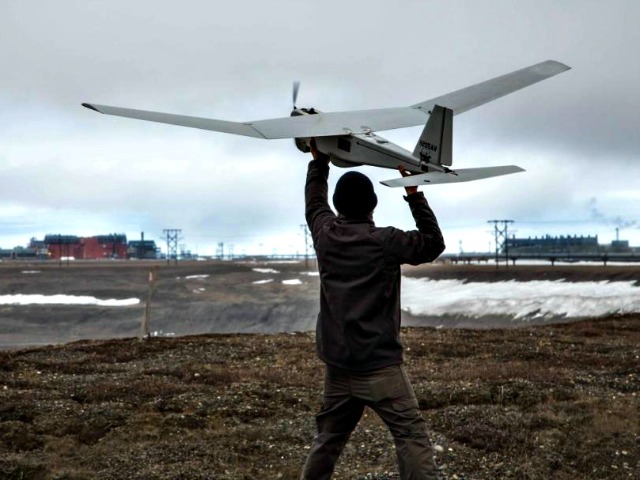
Civilian drones have been deployed by California farmers to monitor crop growth, cartographers to create more precise maps of the Swiss Alps, and even by archaeologists in Bolivia to help excavate ancient Inca ruins.
Most of these early adopters that have legitimized civilian uses involved hobbyist-size drones. Although there is no law against recreational flying of drones that weigh less than 55 pounds, Congress passed legislation requiring the FAA to legalize commercial drone use by September 2015. As the world’s drone masters, a new American industry is about to be launched.
The biggest concerns with licensing and deploying commercial drones are security and privacy. The recreational drones’ small payload and short range currently limit the effectiveness of civilian drones as terrorist weapons. But the gossip-driven TMZ and others have published videos from drones of celebrities in compromising situations.
The major differences between American military and civilian drones have been size, range they offer, the time they can spend in the air, and the payload they can carry. According to Stratfor Global Intelligence, “Military drones are capable of carrying complex, heavy censor payloads as well as weaponry, while civilian drones are still rather constrained in that, reaching a capability of carrying photography equipment.”
In 2011, the Federal Aviation Administration (FAA) fined Rapheal Pirker $10,000 for using a drone to circle around the Statue of Liberty’s crown about 200 feet above Liberty Island. He had posted the video online and it went viral.
Pirker saw a business opportunity and went to court to challenge the fine. A federal administrative-law judge overturned the fine, because there was no specific law banning the commercial use of small drones. The FAA was forced to restate its rules for “reckless use” by hobby and recreational flying of drones that weigh less than 55 pounds and now do not require any FAA approval.
Congress intervened to pass a law in 2012 ordering the FAA to issue national rules to legalize drones for commercial purposes by September 2015. All but three states have tried to pass their own laws, but only 11 states currently regulate civilian drones
Stratfor compares the difficulty in developing regulatory standards for drones to the evolution of regulating the Internet:
The internet is another example of military technology that reaches society at a point where that society itself is not really capable of dealing with the full extent of implications that technology brings. In the same way, we’re seeing the full extent of this civilian drone usage being tested. As the technology grows that will move along with it, but states will be playing catch-up when they are trying to establish some sort of a regulatory framework to deal with this technology and all of the potential implications.
Commercial use will involve much larger and more capable drones. In anticipation of commercial approvals by the FAA next year, the Airbus European consortium just previewed their 28-foot-wingspan Atlante high-endurance drone to provide surveillance of oil pipelines, railways, power lines, and disaster response.
These large “vehicles” will take up substantial physical space and require a huge increase in active monitoring by air traffic control to prevent mid-air accidents. This also means there will be much higher usage of the dedicated radio frequencies reserved for aircraft.
The market for commercial drones is estimated by Business Intelligence to be 12% of an estimated $98 billion global spending on aerial drones over the next decade.
Technology spinoff sales will be multiples of the cost of drones, as GPS and sensor manufacturers rush to become drone-ready. Business productivity and efficiency will accelerate as drones provide real time input and leverage staff. Commercial drone capability will also allow retail and e-commerce immediate deliveries.
With less than a year before the FAA must comply with Congress in legalizing commercial drones, America preparing to launch a huge new industry.
Chriss Street suggests that if you are interested in technology,
please click on
Medical Research Org CIDRAP: Ebola Transmittable by Air

COMMENTS
Please let us know if you're having issues with commenting.